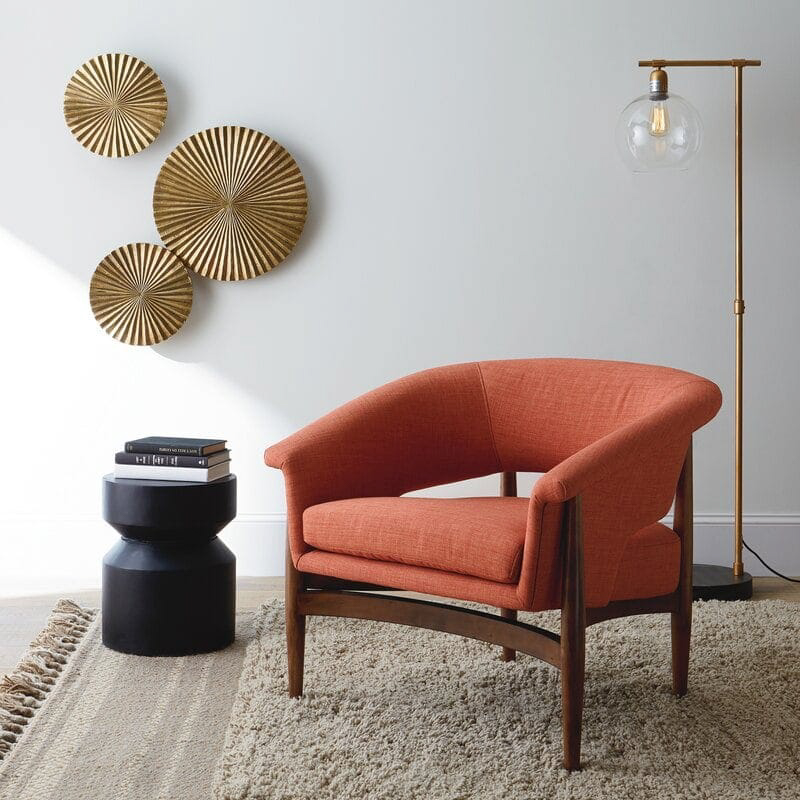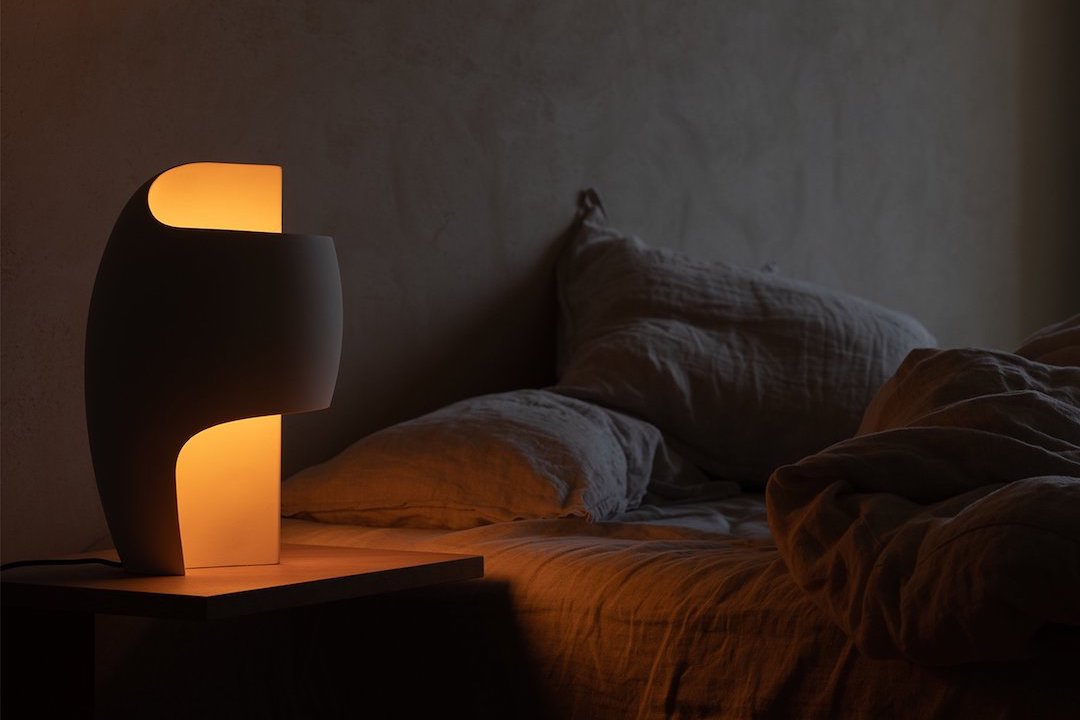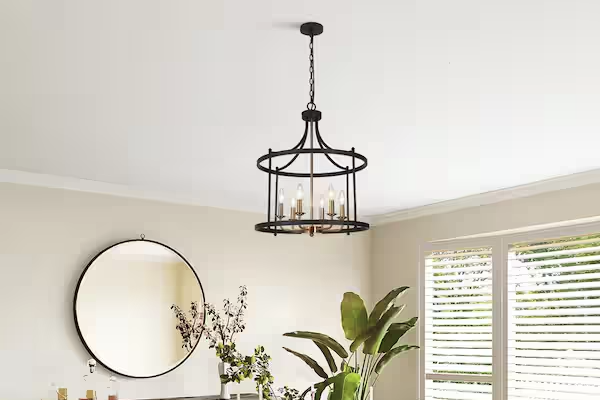The Artistry of Indian Lampshades
Indian lampshades, also known as “diya” or “deepa” in Hindi, are not just functional objects that provide light, but they are also beautiful works of art that reflect the rich cultural heritage of India. These lampshades come in various shapes, sizes, and designs and are made using a wide range of materials such as brass, copper, silver, and clay. The intricate designs etched on the lampshades are a testament to the skill and craftsmanship of Indian artists.
Indian lampshades are not merely decorative objects that add beauty to your living spaces, but they also serve a deeper purpose in Indian culture. Lighting a diya is believed to ward off evil spirits and bring good luck, health, and prosperity to your home.
The Significance of Diwali in India
Diwali, also known as the festival of lights, is one of the most important and widely celebrated festivals in India. It symbolizes the triumph of good over evil and light over darkness. During this festival, people decorate their homes with colorful lights and beautiful lampshades. Lighting a diya is an integral part of Diwali celebrations and signifies the victory of good over evil, knowledge over ignorance, and hope over despair.
The Popular Types of Indian Lampshades
Indian lampshades come in a variety of designs, each with their unique features and symbolism. Below are some of the most popular types of Indian lampshades:
Clay Lampshades
Clay lampshades, also known as “mitti ka diya”, are made using clay or mud and are one of the most common types of Indian lampshades. These lampshades are easy to make, eco-friendly, and affordable. They come in various shapes and sizes and are often decorated with intricate designs using paint or mehndi.
Brass Lampshades
Brass lampshades, also known as “pooja diya” or “akhand diya”, are made using brass metal and are often used in Hindu temples for religious ceremonies. They are larger in size compared to other lampshades and are considered to be highly auspicious. These lampshades are often used during wedding ceremonies and other auspicious events.
Copper Lampshades
Copper lampshades, also known as “tamba diya”, are made using copper metal and are popular for their reddish-brown color and lustrous shine. These lampshades are often used during Diwali celebrations and have a unique ability to absorb negativity and purify the air around them.
How to Choose the Perfect Indian Lampshade
Choosing the perfect Indian lampshade can be a daunting task, given the sheer variety available in the market. Here are some tips to help you make the right choice:
Consider the Purpose
Before choosing an Indian lampshade, determine its intended purpose. If you’re using it for a religious ceremony, a brass or copper lampshade would be more appropriate. If you’re using it as a decorative piece, a clay or ceramic lampshade would suffice.
Consider the Size and Shape
Indian lampshades come in various shapes and sizes, from traditional to modern designs. Depending on your preference and the space available, choose a lampshade that fits both aesthetically and functionally.
Consider the Material and Design
The material and design of an Indian lampshade can greatly affect its beauty and functionality. You can choose from the different materials like brass or clay and designs like intricate carvings or contemporary patterns to create the desired ambiance.
Caring for Indian Lampshades
Indian lampshades require special care and attention to maintain their beauty and functionality. Below are some tips to help you care for your Indian lampshades:
Clean Regularly
Indian lampshades are susceptible to dirt and dust accumulation, so it’s important to clean them regularly using a soft cloth or brush. Avoid using harsh chemicals or abrasive cleaners as they can damage the lampshade.
Handle with Care
Indian lampshades are delicate and can easily break or get scratches. Handle them with care, especially when transporting or storing them.
Store Carefully
When not in use, store Indian lampshades in a dry and cool place to prevent damage from moisture, sunlight, or pests.




